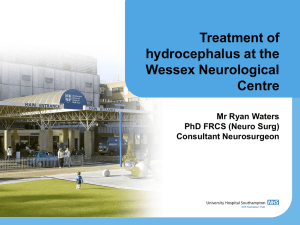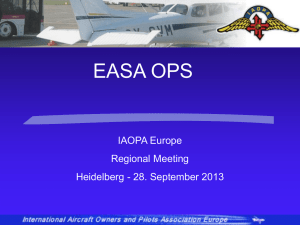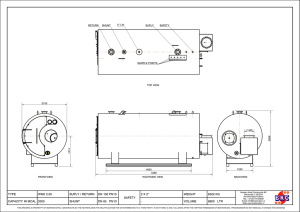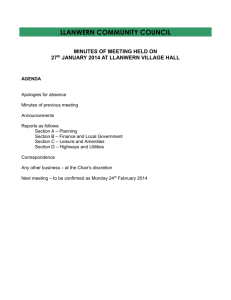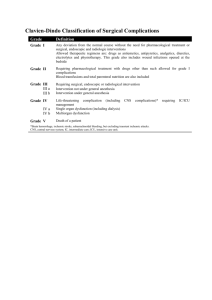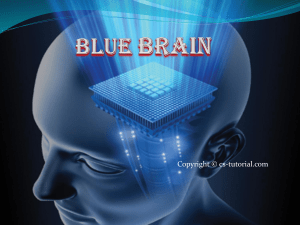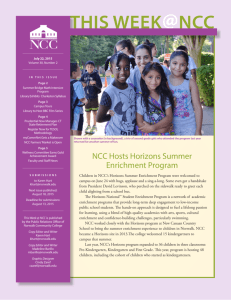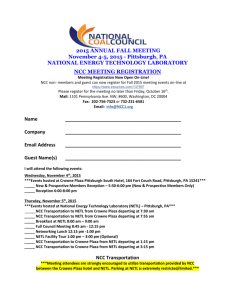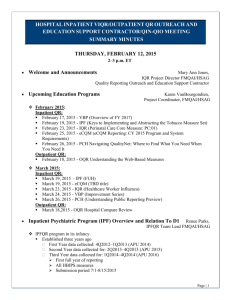File - Chelsee`s E Portfolio
advertisement
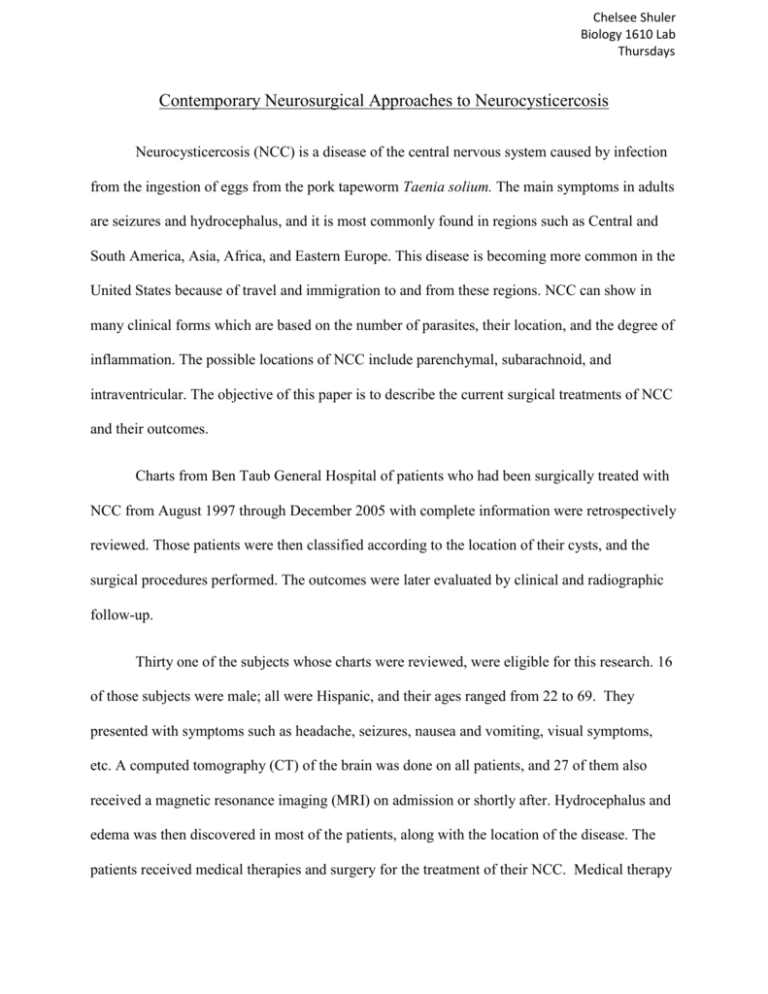
Chelsee Shuler Biology 1610 Lab Thursdays Contemporary Neurosurgical Approaches to Neurocysticercosis Neurocysticercosis (NCC) is a disease of the central nervous system caused by infection from the ingestion of eggs from the pork tapeworm Taenia solium. The main symptoms in adults are seizures and hydrocephalus, and it is most commonly found in regions such as Central and South America, Asia, Africa, and Eastern Europe. This disease is becoming more common in the United States because of travel and immigration to and from these regions. NCC can show in many clinical forms which are based on the number of parasites, their location, and the degree of inflammation. The possible locations of NCC include parenchymal, subarachnoid, and intraventricular. The objective of this paper is to describe the current surgical treatments of NCC and their outcomes. Charts from Ben Taub General Hospital of patients who had been surgically treated with NCC from August 1997 through December 2005 with complete information were retrospectively reviewed. Those patients were then classified according to the location of their cysts, and the surgical procedures performed. The outcomes were later evaluated by clinical and radiographic follow-up. Thirty one of the subjects whose charts were reviewed, were eligible for this research. 16 of those subjects were male; all were Hispanic, and their ages ranged from 22 to 69. They presented with symptoms such as headache, seizures, nausea and vomiting, visual symptoms, etc. A computed tomography (CT) of the brain was done on all patients, and 27 of them also received a magnetic resonance imaging (MRI) on admission or shortly after. Hydrocephalus and edema was then discovered in most of the patients, along with the location of the disease. The patients received medical therapies and surgery for the treatment of their NCC. Medical therapy Chelsee Shuler Biology 1610 Lab Thursdays treatments used included steroids, anti-epileptic drugs, and anti-parasitic drugs. The surgical approaches included ventriculo-peritoneal (VP) shunts, endoscopic resections, and craniotomies. Those patients who received a VP shunt, a large portion of them experienced shunt malfunction and later had to undergo a shunt revision. The few that underwent a craniotomy later had to have a shunt placed due to relapsed hydrocephalus. Those patients who had endoscopic resections required no further treatments or therapies. Certain forms of NCC are more severe than others because of the location of the disease. Subarachnoid and intraventricular NCC tends to be worse than parenchymal NCC; therefore in those cases surgery is usually required along with medical therapies while with parenchymal NCC, surgery could probably be avoided with medical therapies. Also, it seems that with attention to management of hydrocephalus, fatalities among these patients should be avoidable in most cases. The surgical procedures used to treat these patients all had different outcomes and many of them experienced complications. In cases where a VP shunt was placed, the shunt malfunction rate was high in both subarachnoid and intraventricular NCC patients. That makes the placement of a shunt a less than desirable option because of the need for further surgery to correct it. The craniotomies that were performed on a few of the patients were often complicated by the need for a VP shunt later on, which also makes it a less appealing choice because of the need for more surgery and the possible need for a shunt revision due to the high malfunction rate. Those that were treated with endoscopic resection recovered well with no further treatment or therapies; these positive outcomes seem to make this the more appealing option. There are also many other significant advantages to the endoscopic procedure compared to the other surgical options available. For example, the flexible endoscope is easy to maneuver through the ventricles of the brain in a short amount of time unlike the other procedures, which take more time and are Chelsee Shuler Biology 1610 Lab Thursdays more technically demanding. This procedure also has the ability to alleviate hydrocephalus, and it does not seem to cause any further complications from rupturing cysts such as, spreading of the cysts or inflammation. In summary, many surgical approaches are used to treat NCC and although the endoscopic resection procedure seemed to have the best outcomes, more studies are needed to confirm these findings.

